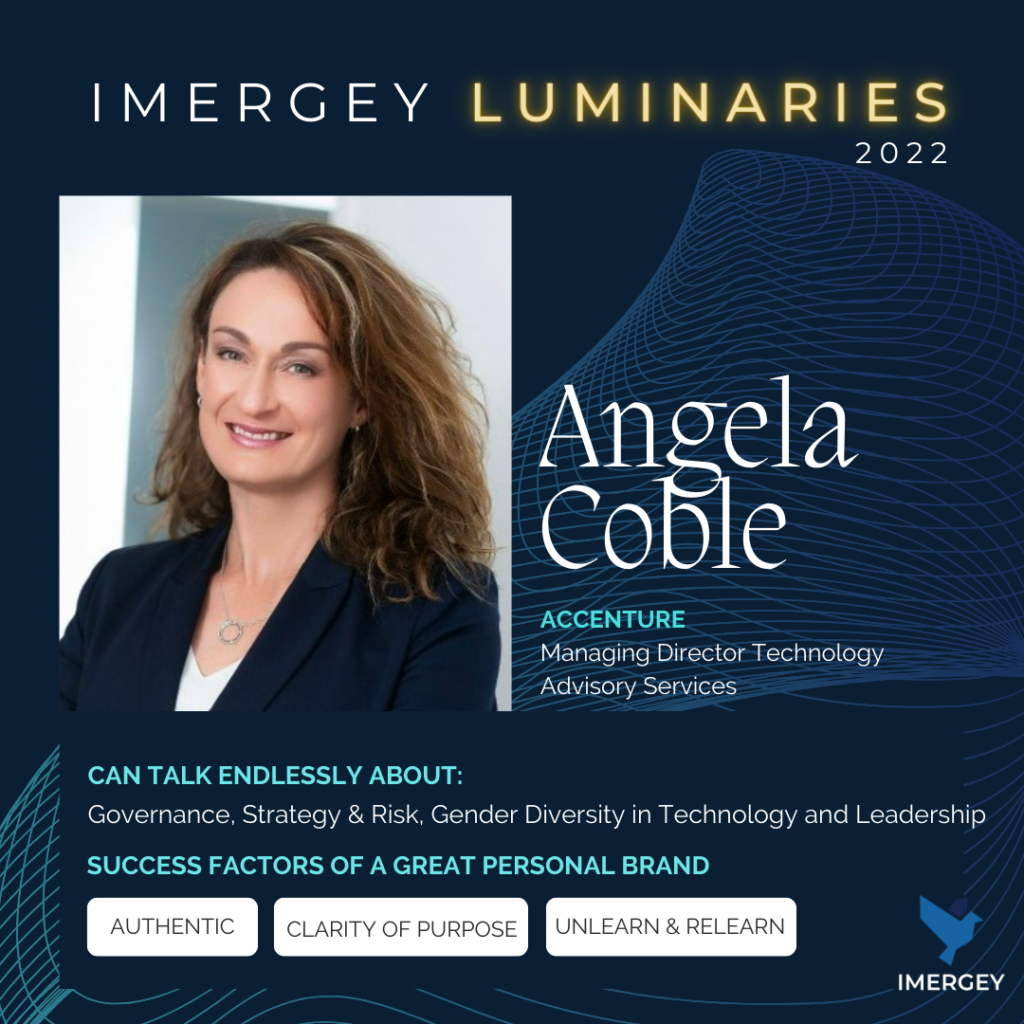
Open Banking for the Customer: Empowering Personalized Financial Experiences
Gone are the days of tedious and fragmented financial management. With open banking, you gain the power to effortlessly aggregate and analyze all your financial information in one place. Your accounts, transactions, and credit history seamlessly converge, providing you with a comprehensive view of your financial health.
Introduced in 2018, Open Banking is an approach that allows third-party financial service providers to access and utilize banking data through secure application programming interfaces (APIs), to develop new apps and services and provide account holders with greater financial transparency options. It aims to promote competition, innovation, and consumer choice in the financial industry by enabling the sharing of customer data with consent.
But open banking is more than a mere consolidation of data. It’s a catalyst for innovation and collaboration that transcends the boundaries of traditional banking. Through secure application programming interfaces (APIs), banks can now collaborate with fintech pioneers, creating a vibrant marketplace of innovative financial products and services tailored to your unique needs. Picture this: banks and fintech companies joining forces to develop cutting-edge applications that revolutionize how you manage your finances. Personalized budgeting tools that intelligently analyze your spending patterns and help you achieve your financial goals. Instant loan approvals based on your real-time financial profile make dreams a reality in minutes rather than weeks. Seamless integrated payment solutions that simplify transactions and eliminate the hassle of juggling multiple platforms. These are just a glimpse of the possibilities that open banking entails.
But it’s not just about convenience and choice. Open banking empowers you as a consumer, giving you greater control over your financial destiny. With your explicit consent, you can securely share your data with trusted third-party providers, enabling them to develop tailored products and services that truly cater to your needs. Whether it’s finding the best mortgage rates, optimizing your investments, or effortlessly switching between financial providers, open banking puts the power back in your hands. Furthermore, open banking enables a culture of transparency and security. Stringent regulatory frameworks ensure that your data is protected and only accessed by authorized entities. Robust authentication protocols and encryption techniques safeguard your information, granting you peace of mind in an increasingly interconnected world.
Key Concepts
- Data Sharing: Enables customers to share their financial data securely with authorized third-party providers through systems like APIs
- Consent and Control: Users have the authority to grant or revoke access to their data
Pros
- Enhanced Financial Services: Access a wide range of offerings, including personalized advice, budgeting tools, and seamless payments.
- Improved Customer Experience: Manage multiple accounts across banks from one platform
- Data-Driven Insights: Financial data provides valuable insights and personalized recommendations.
- Financial Inclusion: Expand access to underserved populations and develop tailored products for those with limited credit history.
Cons
- Lack of Regulation and Potential Data Breaches: May lead to non-consensual use of personally identifiable information and the possible resale of personal information to third parties.
- Difficulty for Legacy Institutions: Legacy institutions may not keep up with the technological changes, potentially limiting the benefits available to their clients.

Use Case
In a non-open banking scenario, managing finances through a money manager app requires users to manually interact with each of their banks, which can be time-consuming. However, with an open banking app, the process is simplified. Users grant permission to the app to access their banking data through open banking APIs, allowing the app to consolidate information from all their accounts into a single, easily accessible interface. This enables users to effortlessly view transaction history, account balances, and spending with just a few clicks and in one single app.

Only 3% of individuals change their bank annually
Source: Competition and Markets Authority
Switching is inconvenient and admin heavy with no real incentives other than a free railcard or small monetary award.
Banks lack motivation to offer lower prices or enhance their product offerings, resulting in customers being at a disadvantage.
Open banking aims to address this issue by facilitating the entry of competitors into the market and fostering increased competition within the industry.



































































